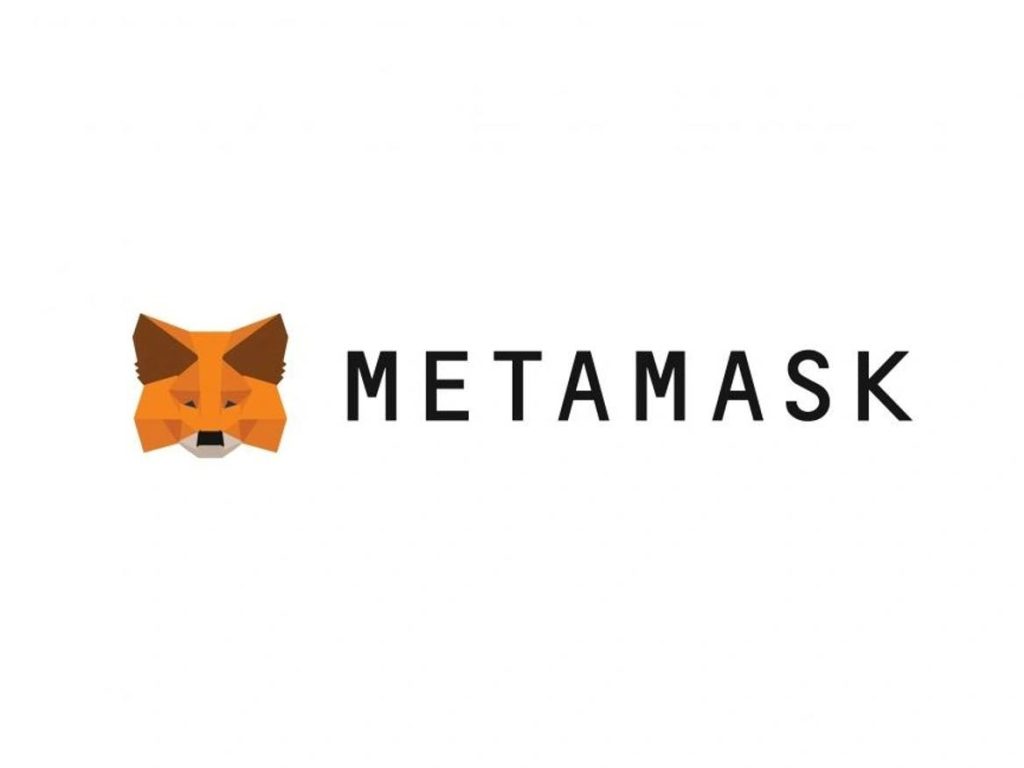If you’ve been on X (formerly Twitter), YouTube, or even in a casual tech conversation lately, you’ve probably heard the term Web3 thrown around — often alongside words like blockchain, NFTs, or decentralization.
But what exactly is Web3? And how does it really work under the hood?
Let’s break it down in plain language.
🌍 From Web1 to Web3: A Quick Recap
Before understanding Web3, it helps to know what came before it.
- Web1 (1990s) was read-only. You visited websites to consume content — no commenting, no posting.
- Web2 (2000s–today) became read-write. Think Facebook, YouTube, Instagram — users could create, share, and interact, but big companies owned your data.
- Web3 is read-write-own. It’s powered by blockchain and gives users real ownership over their digital identity, assets, and data.
⚙️ So, What Exactly Is the Blockchain Stack?
Just like the traditional web has its layers — servers, databases, frontends — Web3 also runs on a stack of technologies that work together to create decentralized applications (dApps).
Let’s look at the layers in simple terms 👇
1. The Blockchain Layer (The Foundation)
This is the base layer, like the “operating system” for Web3.
It’s where transactions, smart contracts, and tokens live.
Examples:
- Ethereum — the most popular smart contract platform.
- Solana, Polygon, Avalanche, Base — faster, scalable alternatives.
Every transaction (like sending crypto or minting an NFT) is recorded permanently on this layer.
💡 Media idea:
Insert a diagram of the blockchain network — blocks connected in a chain, showing how data is added sequentially.
2. Smart Contract Layer (The Logic)
Smart contracts are the code that runs on the blockchain.
They’re self-executing programs that say,
“If X happens, then do Y.”
For example:
- When you buy an NFT, the contract automatically transfers ownership.
- In DeFi, contracts handle lending, borrowing, and yield farming without banks.
These contracts are written in languages like Solidity (Ethereum) or Rust (Solana).
3. Storage Layer (Where Data Lives)
In traditional apps, data lives on centralized servers.
In Web3, data is stored in decentralized storage networks like:
- IPFS (InterPlanetary File System) — for storing files & metadata.
- Arweave or Filecoin — for permanent, decentralized data.
This ensures your NFTs or app data aren’t lost if a company shuts down.
4. Application Layer (The User Interface)
This is what users see and interact with — the websites or apps connected to Web3.
They’re built using frameworks like React, but instead of calling APIs, they connect directly to smart contracts using ethers.js or web3.js.
Examples:
- Uniswap (crypto exchange dApp)
- OpenSea (NFT marketplace)
- Lens Protocol (decentralized social media)
5. Wallet Layer (The Identity)
Wallets like MetaMask, Phantom, or Rainbow act as your digital passport to the decentralized world.
They store your private keys and let you interact securely with dApps — no usernames or passwords needed.

🔐 Why Web3 Matters
Web3 changes the way we think about the internet.
It shifts power from centralized platforms to individual ownership.
You own your data, your tokens, your creations — all stored in your digital wallet.
It’s not perfect (yet). There are still challenges like scalability, user experience, and regulation.
But the foundation is here — and it’s evolving fast.

